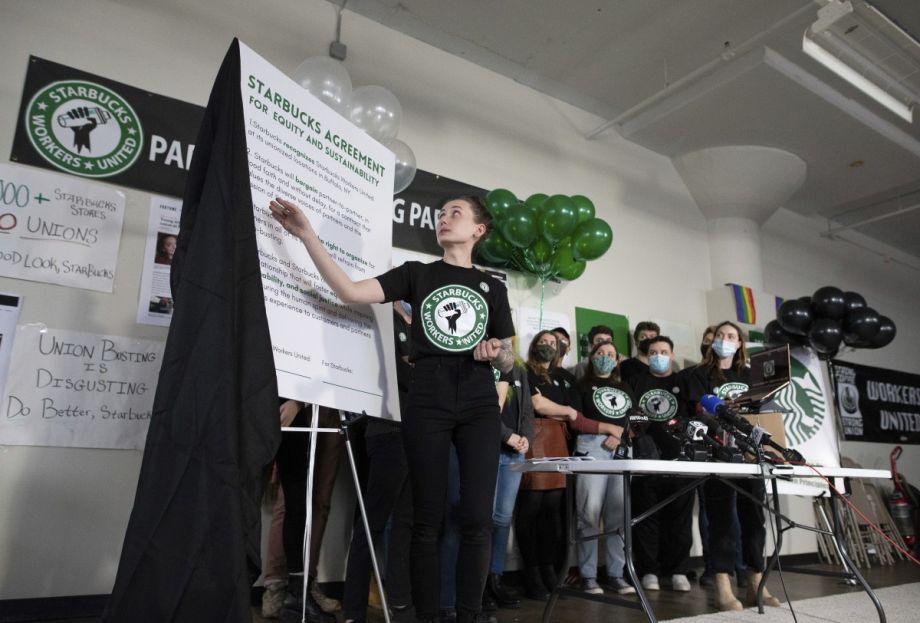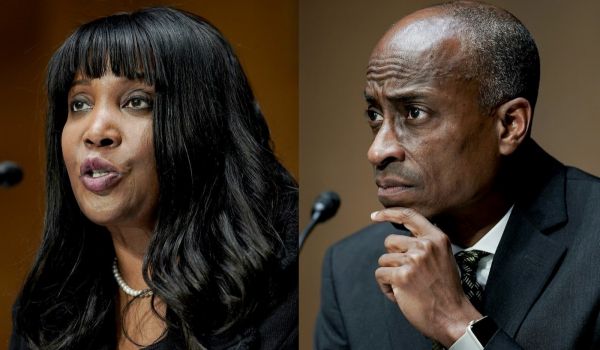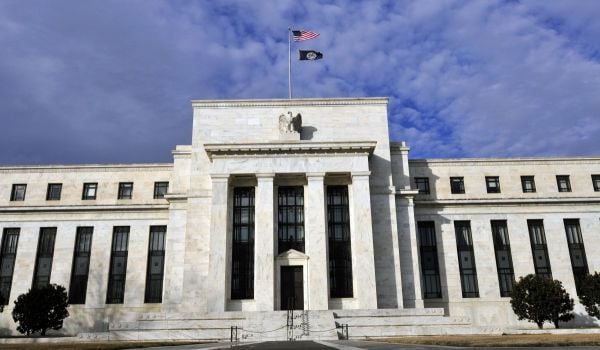Tallahassee Starbucks Joins Six Other Stores that Have Filed for Unionization in the Last Two Weeks
A Starbucks store in Tallahassee, FL is the latest location to file for unionization. The store joins six other locations nationwide ranging from Hopewell, NJ to Broomfield, CO that have filed for a union election in the past two weeks.
In a letter to President and CEO Kevin Johnson, Tallahassee workers cited the desire to give their voice “an equal seat at the table” as the impetus for unionization. Stating that they were acting in solidarity with partners nationwide, the workers asked Johnson to sign the Fair Election Principles so that Starbucks partners can unionize without repercussions.
But Starbucks has been fighting the unions, as reported on by Next City. In December, Buffalo became the first Starbucks location to successfully unionize, though workers were subject to intimidation and surveillance by corporate leaders.
The news organization More Perfect Union obtained an email from Starbucks Western Mountain Regional Vice President Andrea Streedain sent to Mesa, AZ workers. The email shows Streedain explicitly asking employees to vote no to a union as the company says it will do a better job at listening to its workers.
Tallahassee employees, however, are not standing down. “We are not intimidated by such blatant tactics; we are emboldened to join our fellow partners across the United States as we stand for what is right,” the workers said in a letter. “We are outraged that the partners you claim to care so deeply about are being mistreated, gaslighted, and harassed in their own stores due to your union busting efforts.”
Fed Banks Are Becoming Increasingly Diverse
A Reuters review found that of the 105 U.S. Federal Reserve bank directors across the system, 44% are women, and 40% are nonwhite. These strides in diversity are pivotal as Fed officials play a significant role in economic recovery.
Fed officials have long pushed for greater diversity initiatives to better reflect the demographics of the nation, build credibility in vulnerable communities, and promote stronger decisionmaking on policy. And a new report by the Social Science Research Network finds that diverse Fed bank boards led to “increased lending by local banks to lower-income neighborhoods, ” Reuters adds.
But there are still improvements to be made, Kaleb Nygaard, senior research associate at the Yale Program on Financial Stability that has been studying the Fed bank boards, suggests. “I do believe that going forward this will be much more important and the (board of directors) will be more cognizant of diversity, but it definitely doesn’t map one-to-one… Our country’s central bank should be led by people that not only look like our diverse country, but also that have backgrounds that represent all areas of the economy.”
States Should Invest More TANF In Basic Assistance to Promote Equity
A Center on Budget and Policy Priorities’ report finds that states only use a little over one-fifth of federal and state Temporary Assistance for Needy Families (TANF) dollars towards direct assistance for families with children, down from the 71% spent in 1997.
In 2020, only about 20% of families living in poverty received TANF cash assistance, compared to the original 68% since the program’s inception. Funding for TANF has also not increased over the past 20 years, meaning that due to inflation it is worth 40% less than in 1997. Black children are especially at risk, as they are more likely than their white counterparts to live in areas with the weakest TANF programs.
States are also expected to provide support to families that would better prepare them for work, which has largely not been met. Spending concentrated in this area makes up 10% of their funds. Their budget is often misdirected. States like Hawaii and Mississiippi spent TANF funds for scholarships for low income or moderate income students, but this does not directly help TANF recipients.
The report concludes that more direct support is necessary to reduce the economic disparities that impact children of color.
This article is part of The Bottom Line, a series exploring scalable solutions for problems related to affordability, inclusive economic growth and access to capital. Click here to subscribe to our Bottom Line newsletter.

Solcyre (Sol) Burga was an Emma Bowen Foundation Fellow with Next City for summer 2021. Burga graduated from Rutgers University with a degree in political science and journalism in May of 2022. As a Newark native and immigrant, she hopes to elevate the voices of underrepresented communities in her work.
.(JavaScript must be enabled to view this email address)


















